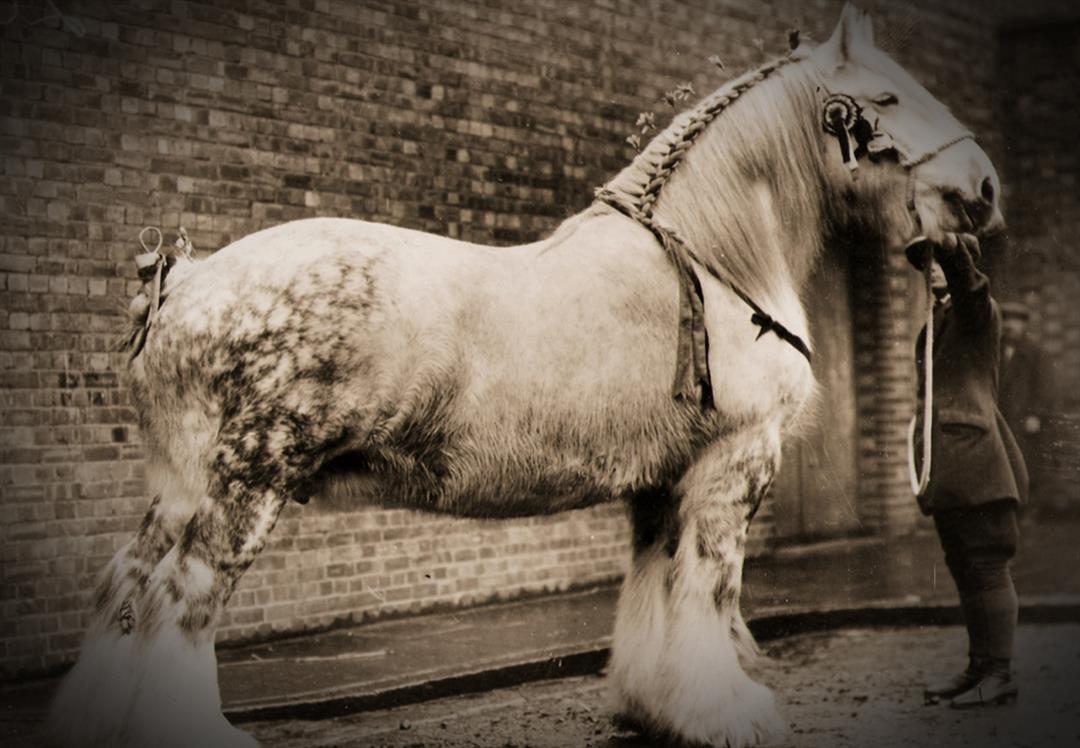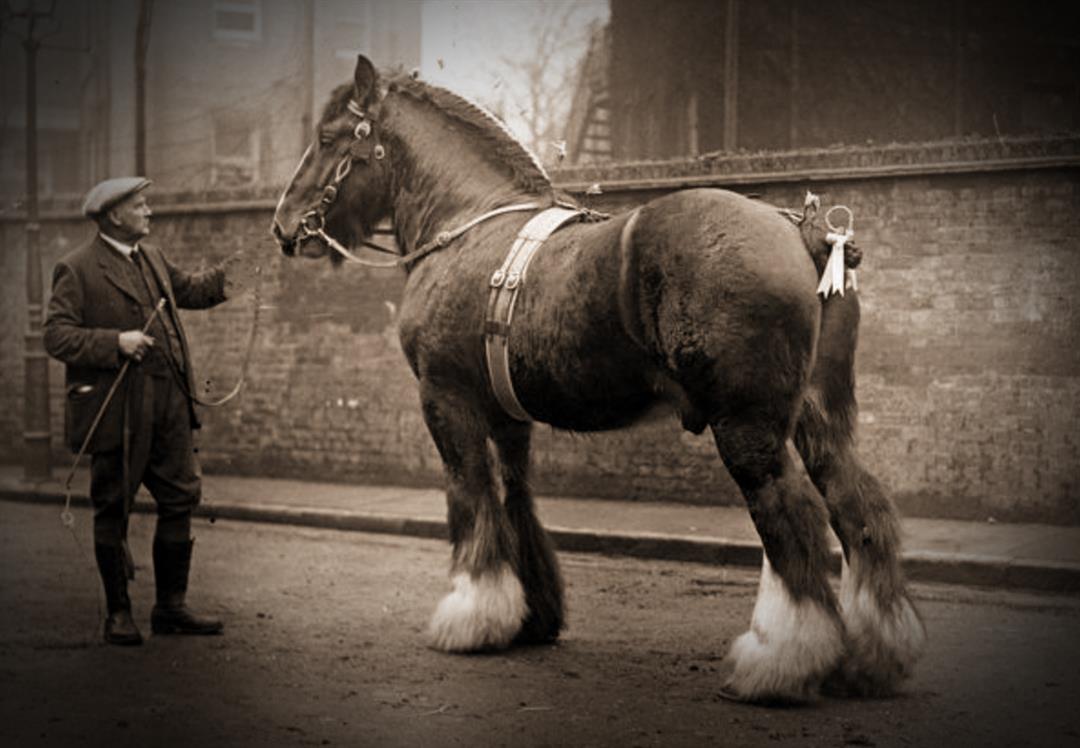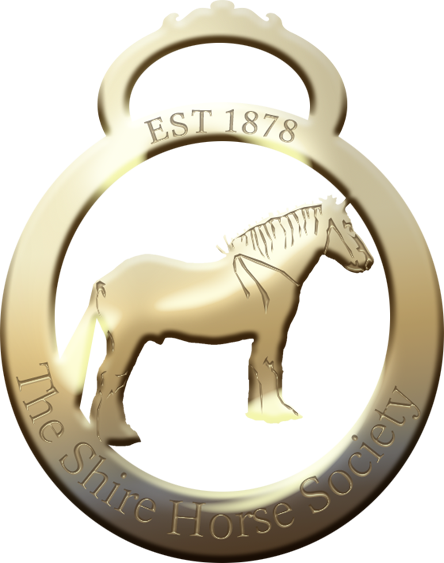The Shire Horse, History to today
There have been documented examples of the horse being domesticated for over 2,200 years. We know this with equine items such as bits and bridles being found amongst Bronze Age grave goods. In fact in Yorkshire in 2019, two complete horse skeletons, upright and harnessed to a chariot were found in an Iron Age grave.
We know from archaeology that horses were used for riding, pulling chariots, and small wagons as opposed to animals such as oxen which were used for heavy pulling in agricultural roles and were more common.
By the fourteenth century, horses had become more common and early breeding had ensured a squat, yet powerful animal for pulling carts and transporting goods along medieval roads and trackways.
By the Seventeenth century, the horse was a staple method of transport and a development in breeding saw much larger, more powerful horses predominantly used for the fastest method of transport available at that time, the coach.

As coach and carriage design progressed through the Eighteenth century, they became lighter and able to travel faster, and so the heavy horse became frequently redundant in favour of a leaner, faster horse, and so the heavy horse found himself working in an agricultural setting once more.
Eighteenth century advancements in agricultural technology, such as Tull’s Seed Drill, made the horse the animal of choice on the farm, replacing the ox. These horses were by now of a height and stature recognisable as the modern Shire.
With the beginning of the Industrial Revolution, larger, heavier loads needed to be moved, and so canals began to appear all over Britain as a method of transportation by barge. The barge afforded the capacity for large, heavy loads, and although hauliers first employed teams of men to pull barges, it soon fell to the horse to become a ‘team’ in one – they were cheaper to run, even with food and stabling, and could easily out work a human team. Once again, the heavy horse had become the ‘engine’ of choice. With its success on the canals, horses were soon employed pulling large wagons, omnibuses, and trams.
Although the Shire might now seem to us most at home in the fields, it must not be forgotten that up until the last half of the twentieth century, the horse was also the main urban means of transport, too.

The rise of urban living throughout history has always fuelled a demand for goods from the countryside. The advent of the railways is often thought to have signalled (no pun intended) the decline in horse-drawn traffic, but in fact horses were in great demand for transporting goods to and from railway yards. In fact, in 1893, the railway companies collecting and delivering goods to the metropolis had amongst them a stud of 6,000 (horses). These horses would need to be capable of pulling large loads and so would have been Shires or a similar breed.
Carrier firms had around 19,000 horses in London alone, whilst the Capital’s rubbish collection would have employed another 1,500 horses - all of whom would have been draught breeds.
It is also estimated that London’s brewers used around 3,000 horses in total for deliveries and the like. Indeed, some brewers still use Shires today, not only for promotional purposes, but also for local deliveries.
The transportation of coal, the vital source of heating and cooking fuel, had to be done by horses, and with wagons weighing up to 3 tons, this was a job for the heavies!
From the 1920s onwards, the use of motorised transport rose rapidly and the need for the horse declined. Tractors replaced horses on farms, and lorries replaced horse-drawn wagons. Finally, more road vehicles were powered by combustion engines and the Shire’s days soon seemed numbered.
Shire numbers fell from well over a million to just a few thousand by the 1960s and the breed was in serious trouble. However, dedicated breeders came to the rescue of the Shire, and it has since seen a resurgence in popularity both as a working animal and riding horse.


